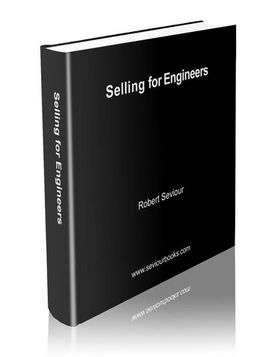![]()
A classic inventor's mistake
Avoid a mountain of frustration - don't make this error
Creative people come up with ingenious ideas and it seems only natural to want to proceed to develop them. But if you don't take a critical precaution you can lose a huge amount of time and money and end up very frustrated.
The problem is that inventing 'a better mousetrap' does not necessarily mean that you will have people queuing to buy it. If you would like to see evidence for this, take a visit to the Patent Office. You will find a huge number of clever ideas which have not gone on to commercial success despite all the work put into them at the prototype stage.
The core of the problem is that what you think is a great idea may not be seen as such by the people you would like to buy it.
An engineer contacted me one day to ask me to write the copy for his sales brochure. He had invented a new type of container which could be used on barges on European waterways. His key prospect was a German company and he wanted a sales brochure to use at a presentation he would be making to them.
I wrote the piece, he had it printed and went off to see the client. I called him some days later and asked how his meeting had gone. He said, 'It was a disaster; my prototype doesn't fit the barges they use'.
'What are you going to do now?' I asked.
'Sell my house to pay the bank back'.
He had put four years of development work into this project and mortgaged his house to finance it, WITHOUT ASKING THE CLIENT WHAT HE NEEDED.
Here is the far better alternative: find out what is costing your prospects a lot of money or wasted time or opportunity and then develop a solution to the problem.
People pay gladly to make problems go away. If your invention solves a nasty problem, you will have no trouble finding customers.
An example: many households in the Western World have a 'Workmate' folding workbench. The idea for this product came from a man named Ron Hickman in 1961 after a home DIY disaster. He needed to saw some wood and tried to support it on a kitchen chair, but sawed into the chair while struggling to hold the workpiece and saw at the same time.
That wasn't satisfactory, so he designed something better and the rest is history. He made his millions and the last I heard of him he was living comfortably in a tax haven.
Don't begin development work without getting feedback from potential customers. Talk to prospects or run an advert for your new idea - if you get replies you could say, 'We're a bit behind on production'. But if there are few or none, that's it; the market has told you what it thinks.
If you enjoyed this article, take a look at my book.
About the Selling for engineers manual
More articles on better selling
Questions/comments - drop me a line at
![]()
